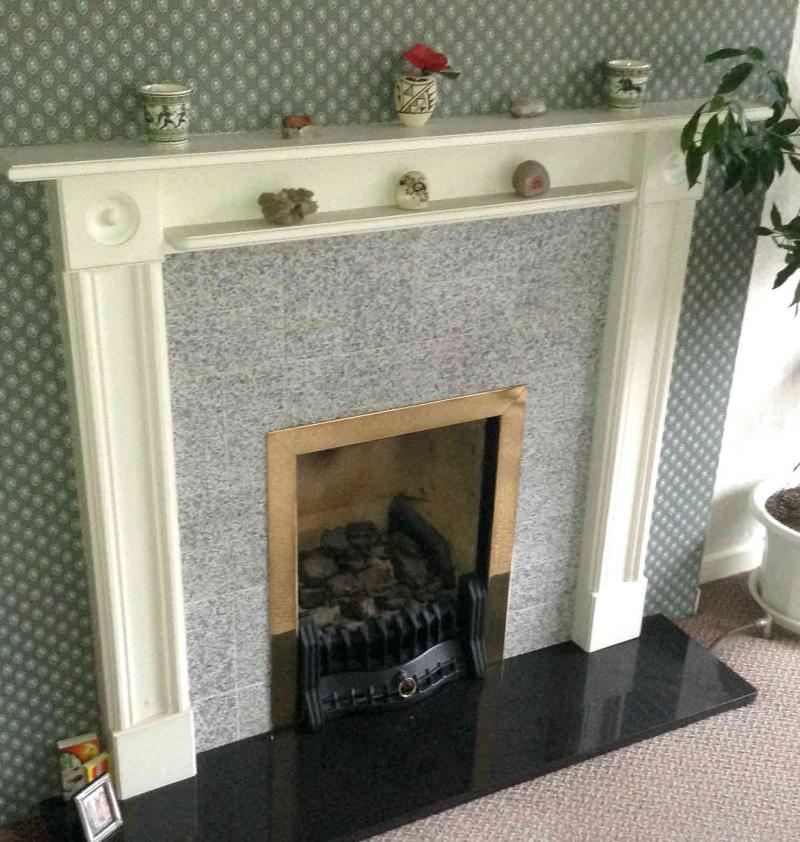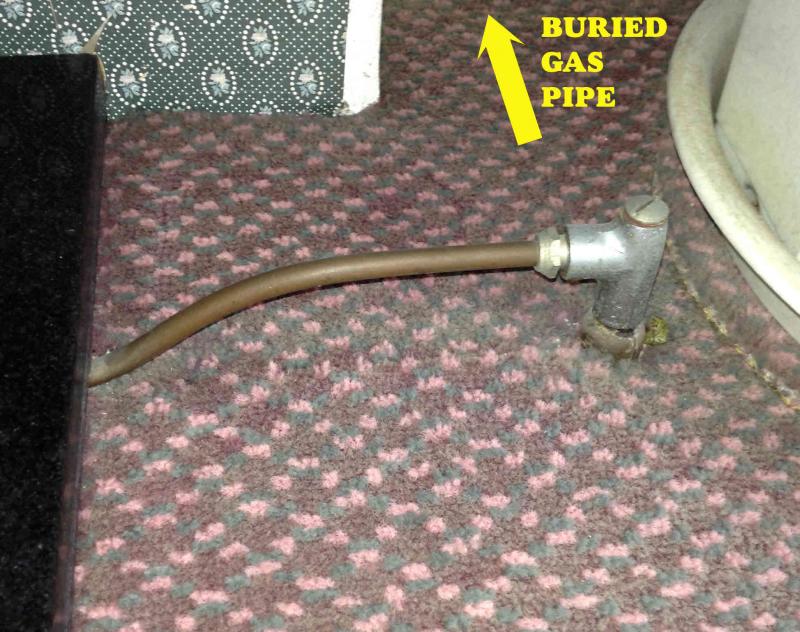Hi there,
What would you suggest I do about a gas restrictor elbow/pipe that is awkwardly positioned and gets kicked easily?
I've included some pictures. Ideally, I'd like it tucked away, where it didn't get bashed by the hoover.
The floor is concrete (screed over blocks, 1st floor) with the gas pipe (steel, I think) buried in the screed. 1968 build.
Obviously I wouldn't dream of doing it myself! I'm not that stupid. But I'd value your advice so I can weigh up the options. Or maybe I should leave it alone?
Many thanks
What would you suggest I do about a gas restrictor elbow/pipe that is awkwardly positioned and gets kicked easily?
I've included some pictures. Ideally, I'd like it tucked away, where it didn't get bashed by the hoover.
The floor is concrete (screed over blocks, 1st floor) with the gas pipe (steel, I think) buried in the screed. 1968 build.
Obviously I wouldn't dream of doing it myself! I'm not that stupid. But I'd value your advice so I can weigh up the options. Or maybe I should leave it alone?
Many thanks



